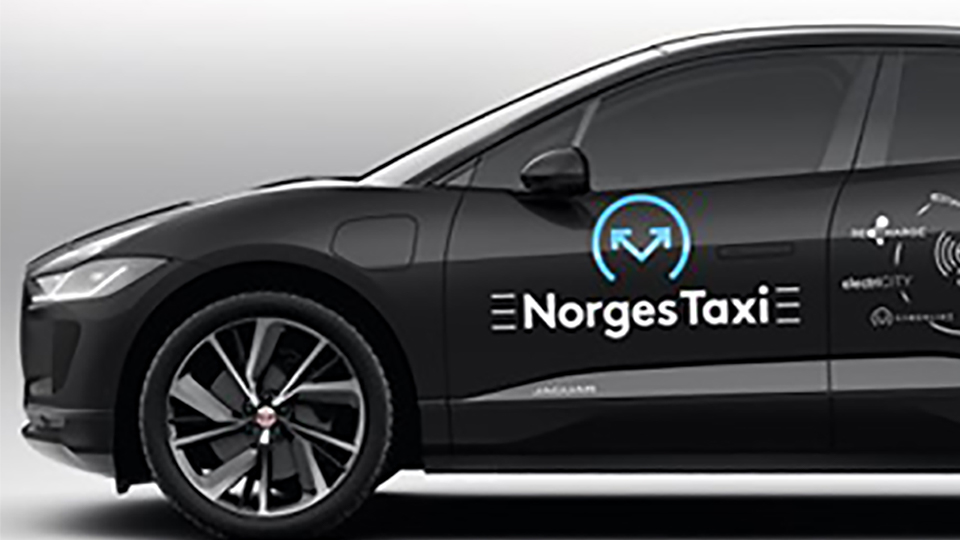Presented with Oslo’s target to achieve zero emissions from all city traffic by 2024, John and his team needed to find a way to charge E.V. taxi batteries, without taking them out of service for long periods of time.
Working in collaboration with technology partner Momentum Dynamics, Oslo City Council, taxi operator Cabonline, and energy company Fortnum, a solution has been designed, implemented, and piloted as a world first.
The high-powered near-field magnetic resonance inductive charging system is for the battery electric vehicle (BEV) Jaguar I-Pace. A fleet of 25 Jaguar I-Pace units have been trialled to demonstrate the ability to achieve all-day mobility and charge retention of between 30 and 80% throughout the day.
High-Powered Wireless Opportunistic Charging maintains vehicle charge for all-day mobility. Every time the taxi parks it can access wireless charging, and the driver doesn’t even need to leave the vehicle.
The charging stations are strategically placed in ten premium locations across Oslo, and the taxis can charge in short, high doses.
The technology includes a 50KW charging page inductive coil that is embedded into the road surface. It can digitally identify the Jaguar I-Pace within seconds and begin charging.
This method of charging has many benefits to the driver.
50KW DC charging adds 13 miles of usable range for every five minutes spent at a charging point, so there is a greater range of driving and decreased anxiety around charge.
There is no inconvenience when charging. There are no wires and no need to get out of the vehicle, which also improves safety. Energy payments are automated at month-end and billed to the vehicle account.
Working in partnership with Momentum Dynamics, a 99.94% efficiency transfer across the air gap between vehicle and road charge pads has been achieved – significantly better than the efficiency losses of high-power transmission through copper cables (with associated resistance losses).
The announcement of the trial was covered in publications such as The New York Times and Forbes Magazine, triggering global interest in the innovation. John is currently working on further deployments of the technology in Jaguar I-Pace and other JLR products around the world.
John graduated from Loughborough with a first-class degree in Manufacturing Engineering and Management in 1999. He initiated the project in 2019, working with programme managers Elena Allen and Richard Cole, and with JLR technical and research specialists at the National Automotive Innovation Centre (NAIC).
